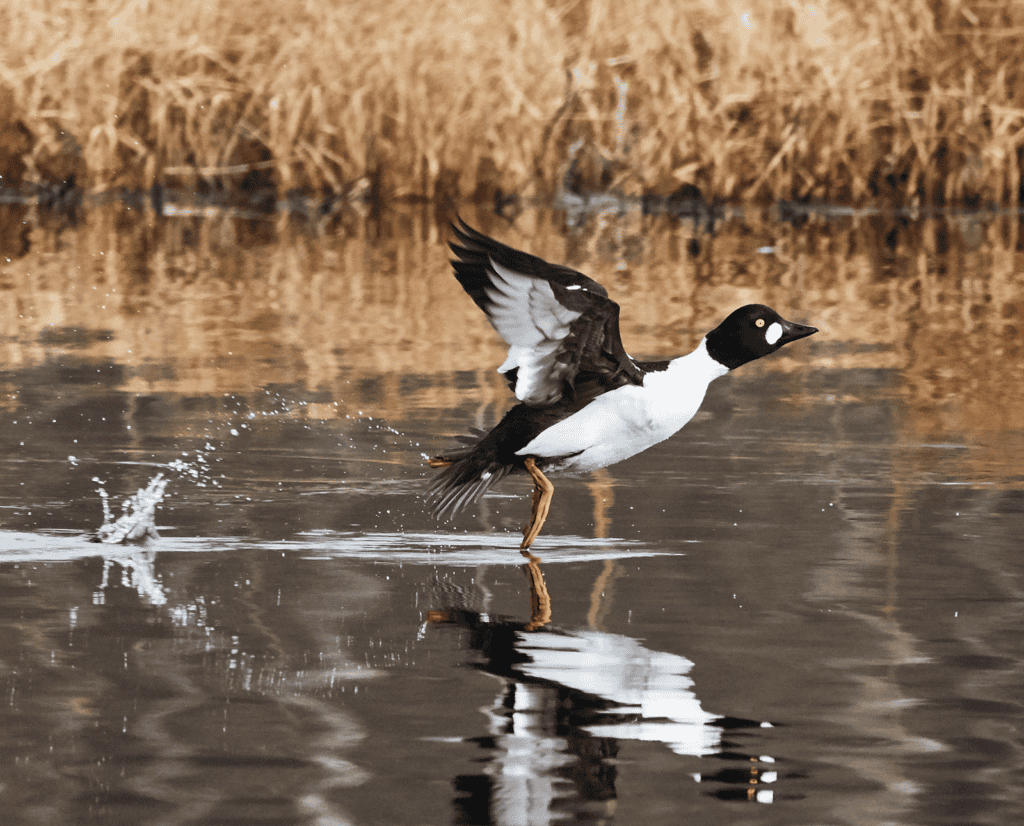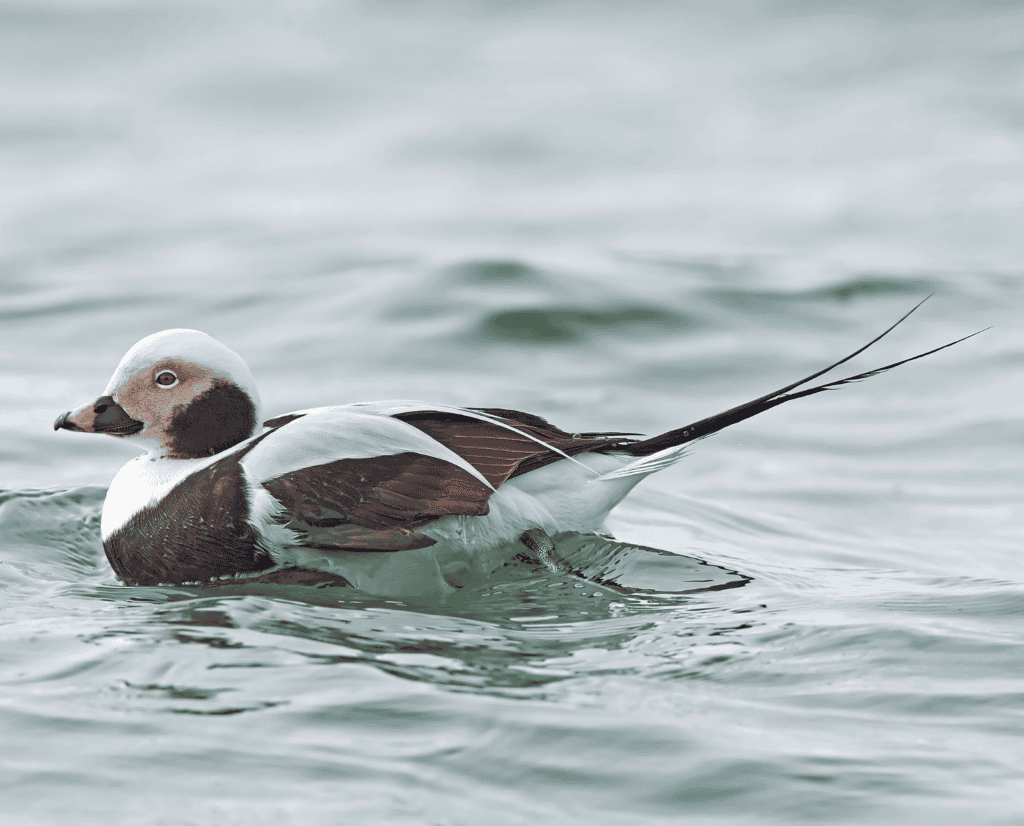Home » Waterfowl Hunting » When To Pluck And When To Skin Ducks
When To Pluck And When To Skin Ducks

Born and raised in southern Ontario, it wasn't until Mike…
Helpful tips for deciding whether to pluck or to skin puddle and diver ducks
If you’re a duck hunter, goose hunter, or a well-rounded waterfowler, you’ve probably heard someone say this lackluster advice, “This duck is only edible if you skin it, but this species is good for roasting.”
Well, most of the “pluck” ducks are puddle ducks. Most of the “skin” ducks are species in the “diver” category. Divers, in many circumstances, enjoy a very fishy diet. This is often reflected in the taste of their skin and fat. But don’t think for one second that the honorable mallard is impervious to smelling like a dead carp on a hot day, either.
The truth is, given the food availability in any area and just how opportunistic ducks can be, I err on the side of treating every single duck on an individual basis. This has saved me a lot of wasted duck meat and fat over the years. Take a little bit of time to observe what’s going on with the birds you shoot each fall. You might be pleasantly surprised which species you end up roasting whole, too.
Waterfowl Wear Their Diet on Their Sleeve
When a duck, whether it’s a puddle species like wigeon, mallard, pintail, or wood duck, or diver species like common goldeneye, bufflehead, or redhead, keys in on a specific forage base, its fat will take on one of three colors. These colors include white, light yellow, and orange. In turn, it’ll take on one of three flavors.
White Fat
Creamy white skin and fat reflects a vegetarian diet. Though you might not believe it, several species of divers can be roasted whole if they’re living the vegetarian lifestyle. In fact, in the area where I hunt, it’s not uncommon to keep nearly every common goldeneye whole. They seem to be hyper-focused on submerged vegetation in eight to ten feet of water here.
White fat on a puddle duck practically begs you to score the skin. Pluck these ducks and roast them whole or spatchcocked. White fat on any duck, whether it’s on a bufflehead or a pintail, is God’s gift to waterfowl hunters. Render it down and use it for roasting anything, especially potatoes. Don’t believe me? Try it.
Yellow Fat
It goes without saying that when the agricultural fields have been cut, especially corn, puddle ducks know where to be and when. A mallard that’s gorged itself on corn for days or weeks on end will show as much in its fat.
If you drop a plump mallard and find it has a yellowish tinge under the skin, you are more than likely looking at a corn duck. Corn-fed puddle ducks are delicious plucked and roasted whole.
Orange Fat
This stuff that has ruined first time experiences for those of us who didn’t know any better— orange fat that smells almost as bad as it tastes. Ducks with fat this color look like they’ve been eating exclusively pumpkin flesh for months. Orange fat is a strong and fairly accurate indicator of a mostly fish, mollusk, or invertebrate diet.
By plucking just a small portion of the breast of a duck, orange-colored fat will be rather evident beneath the skin. On the off chance that you aren’t sure, cut a small piece of skin off and have a look or smell. When the scent of orange-colored fat hits your nose, you’ll know exactly how to proceed. Skin these birds and don’t render their fat.

Treat Each Bird Like An Individual
Do not assume that just because you’ve shot a diver, you have to skin it so it doesn’t taste like a roadkill snapping turtle. This simply isn’t true.
In places like the Great Lakes region where many shallow bays harbor an unquantifiable amount of aquatic vegetation, diver ducks are somewhat lazier. They choose to feed in the shallows—where food is easier to reach—rather than feeding on deeper opportunities. Over the years, I have found this to be the case in various watersheds. I have learned to never assume a duck must be skinned simply because it’s of a particular species. However, I have learned to skin the ducks that smell like rotting salmon.
I’ve made the mistake of assuming that every puddle duck is fine to leave intact. Depending on where you hunt, puddle ducks such as mallards and black ducks can have a remarkable amount of food sources available and they won’t hesitate to take advantage of all of them. A prime example of this occurred a few years ago. I came home with four big fat mallards. All three drakes came into the spread together, and the hen came in a little later.
I broke those ducks down the next day. Two of the drakes had bleached-white fat, and a lot of it. The third drake evidently hung out around one of the local rivers where the last of the autumn’s salmon expired. This duck literally wreaked of rotten salmon—it’s a very distinct odor. The hen, on the other hand, had been eating nothing but corn. Her crop proved this; it was absolutely loaded with corn. Her fat was just a touch lighter than the color of a school bus.
Do A Smell Test
There are, of course, exceptions to every rule. More than once, I’ve been fooled by a puddle duck, especially black ducks, that had corn-yellow fat that was less than appetizing. For this reason, cutting a small piece of the skin and fat off and giving it a quick smell will tell you everything you need to know.
If it smells “ducky,” you’re good to go. If it smells like a dead manatee in July, skin the bird and discard the fat.

Always Skin Sea Ducks
Now, I’m going to shoot myself in the foot here a little bit. There is one category of duck that fits the “always skin” cliché: sea ducks.
Sea ducks, like harlequin ducks, long-tailed ducks, eiders, and scoters, are chronic deep-diving waterfowl that much prefer the taste of zebra mussels and round gobies. In the case of the studly long-tailed duck, they don’t mind diving down 200 feet to reach them.
To this day, I’ve yet to run into a sea duck that could be kept whole and roasted. I don’t know any hunter who has. That’s not for a lack of curiosity, either.
Ducks, like books, shouldn’t be judged by their cover. Don’t discard perfectly good fat that you could otherwise toss in a Ziploc bag and freeze until you have enough to render. By doing so, you can say with confidence that you made the absolute most of the ducks who gave you so much joy when they decoyed.
Born and raised in southern Ontario, it wasn't until Mike was in his late twenties that he started hunting and immediately took a strong liking to the pursuit of small game. Snowshoe hare, cottontails, eastern grey squirrels, grouse, and woodcock all have a place in his heart. When not in the woods, Mike is on the water with a fly rod chasing fish with flies that I tied from the animals he's hunted. What a life!




This is one of the best articles I gave read. It’s goid f I r all but especially great for beginners